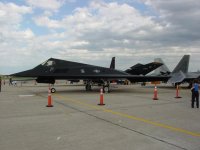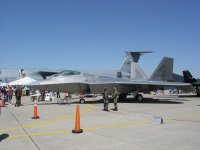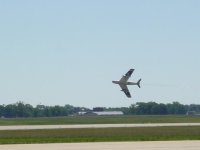Absalom
SWCA Member, Absent Comrade
Except that an F-16 wing provides very little lift.
......
The F-16 has almost no glide ability. If the engine dies and cannot be restarted, the pilot must eject. The plane cannot be glided to the ground; it just falls.
...
Sorry, that is simply incorrect.
Here is a fairly famous video from 1996:
Air National Guard Capt. Chris Rose making a deadstick landing (no engine) at Elizabeth City Coast Guard Station in an F-16.
[ame]https://m.youtube.com/watch?v=Puia_yQxir8[/ame]






